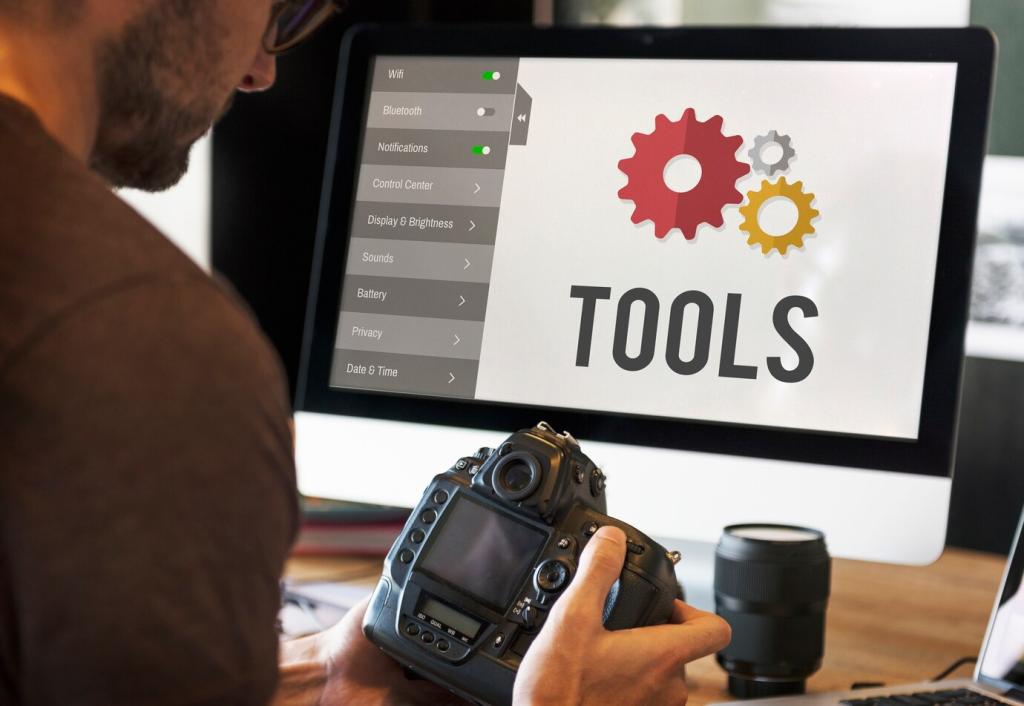Preparation and Safety First
Use the parking brake, chock wheels, and lift at factory jack points. Always support the car with jack stands—never trust the jack alone. Give the vehicle a gentle shake test before crawling underneath to verify stability and confidence.
Preparation and Safety First
Warm oil drains faster, but too hot risks burns. Idle a few minutes, then shut off and wait briefly. Wear gloves and eye protection, and keep forearms clear of the drain stream’s initial rush to avoid scalding surprises.





